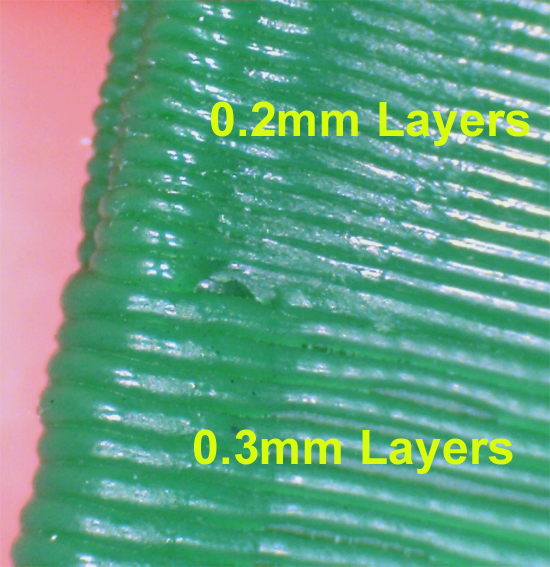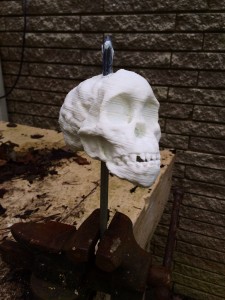To continue from my previous post, I’ve been working on artwork that explores the relationships between craft and art as viewed through modern technological tools, specifically 3D-scanning and -Printing, and what that means in terms of gender roles and identity.
I’m choosing vintage craft books and executing the “creative” projects they contain in step by step instructions, but substituting computers and digital production methods for scissors and glue. My first project comes from the book, Making Things From Discards by Hazel Pearson Williams, first published in the mid-1960s.
The book was targeted toward “housewives,” and indeed the introduction page is rife with outdated attitudes toward labor and gender roles, placing an excess of leisure time as a primary obstacle to be overcome through craftwork.
 This got me thinking about what type of craft is socially acceptable for each gender to assume as their leisure work, both then and now. How have these attitudes changed, or have they?
This got me thinking about what type of craft is socially acceptable for each gender to assume as their leisure work, both then and now. How have these attitudes changed, or have they?
In the mid- to late-20th century, women, as this book illustrates, can be seen to acceptably occupy themselves with what to me seems like “soft” craft: sewing, knitting, scrapbooking, floral arranging, etc. While men are confined to “hard” craft: woodworking, metalsmithing, automotive repair, etc. Women decorate; men build. These social attitudes are built upon the notion that women are somehow less than men, inherently. For a man to perform a woman’s craft or work is seen as being “unmanly,” and confers a lesser status upon that man (again according to prevailing social mores). Conversely, women are seen to be physically less able to perform “hard” craft, due to their apparently delicate nature, lack of physical strength, or some other such justification. While some work does indeed require a certain amount of strength to perform, and may eliminate some less-strong women from performing, that work would also eliminate less-strong men, and shows that cultural, not physical forces, are at work.
Moving into the modern era (though not limited to it) I see less of a gender binary in many areas, but ones that seem to hang on are those associated with STEM (science, technology, engineering, math) fields, which are still predominantly male. In my research into 3D printing and scanning, the vast majority of makers and tinkers are male. Being a male myself I seem to fall into this demographic as well, though I don’t ascribe to any belief that women are less in any way, nor that doing traditional “women’s” work somehow lessens my or anyone else’s status.
For the purposes of making this art, I’ll assume the role of a man creating craft intended for 1960s women using technology intended for everyone but still dominated by men. I’ll follow the instructions in the above craft book (the paradox of being creative by following exact instructions is also something I’m exploring) starting with the traditional material, in this case foam egg cartons and meat trays, but I’ll import those materials into the computer using a 3D scanner, then manipulate those “raw” materials in a 3D modeling program to execute the steps prescribed in the book, ultimately 3D printing the result.
Eventually, I’ll create something (hopefully) as wonderful as this egg-carton peacock, shown above. I’ll make something a little less complex to start, like a daffodil flower.
 Now that I have my project, I started by experimenting with ways to scan my egg carton using an Xbox Kinect sensor, below I tried hanging it from filament line.
Now that I have my project, I started by experimenting with ways to scan my egg carton using an Xbox Kinect sensor, below I tried hanging it from filament line.
Here, you can see the raw scanning data when I had the carton on a table. Green is good scan data, red is bad data. Egg Carton 3D-Scan Data.
And here is one of the first final models 3D-Scanned Egg Carton Mesh.
Next step is building the flower!








